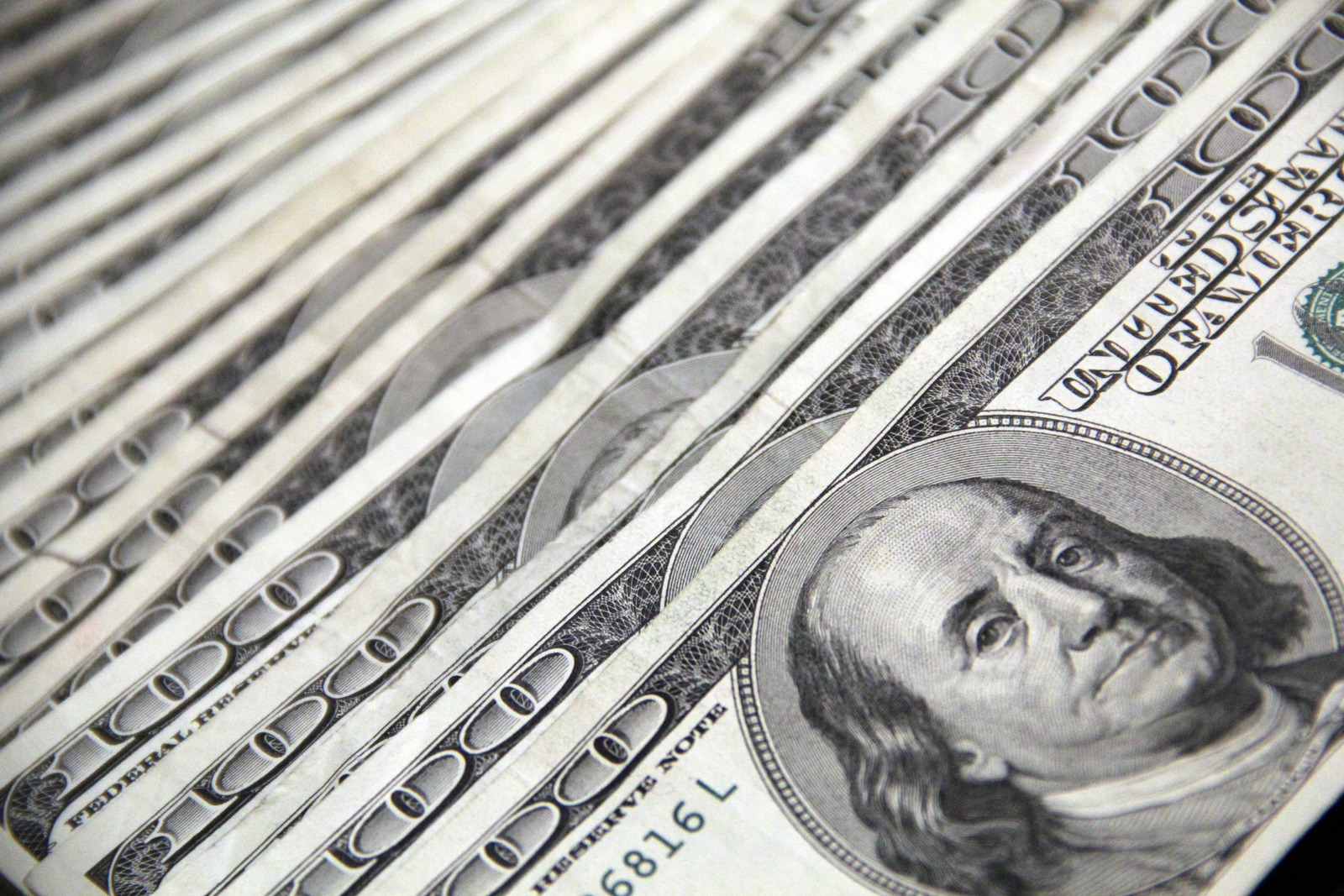US Stimulus Talks Stall – How will this Impact Recovery?
At first glance, it would appear as though the US economy is scarcely suffering as a result of the Covid-19 outbreak.
More specifically, the recovery stateside has continued at pace despite the high number of cases still active in North America, with job creation on the rise and unemployment claims in the US having recently dipped below the one million mark.
US stocks have also edged closer to record high territory of late, perhaps encouraging lawmakers to countenance a delay to introducing the nation’s previously discussed $2 trillion stimulus package.
We’ll explore the US recovery further below, while asking whether the roll-out of the aforementioned stimulus package will aid this in the future.
How is the Economy Faring at Present?
March was a volatile and ultimately devastating period for global (and particularly US) stocks, with international equities declining by 25% during these four weeks at the end of Q1.
For stocks in G20 nations, the decline actually exceeded 30% during March, while the end of Q1 also brought some incredible volatility to global indexes such as the Dow Jones and the S&P 500.
Both the Dow Jones and the S&P 500 experienced their best days since 2008 on March 13th, for example, only for the markets to tumble by a whopping 12% when the markets reopened just three days later.
The markets have largely embarked on a steady period of recovery during Q2, however, with the US in particular benefitting from the delivery of better than expected economic data and the surprisingly robust nature of the North American job market.
However, the financial markets are not always the best measure of wider economic health, while the recent performance of the economy is only relative to the impact of the coronavirus crisis.
So, although jobless claims have dropped to 963,000 in the states and may be above average in the current climate, continuing claims declined to 15.5 million to reach the lowest levels since April.
When Will We See the Stimulus Packaged Rolled Out and How Will it Help?
This highlights the continued need for an economic stimulus package in the US, with the $2 trillion Cares Act having been initially passed into law by the Senate back in March.
However, Edward Moya from Oanda recently commented that Congress remains embarked on its summer recess, meaning that the bill is likely to be ratified and ultimately rolled out until September at the earliest.
Even then, further negotiations will most likely be required to iron out the final terms of the deal, creating even greater uncertainty for the markets and the economy as a whole.
One of the big sticking points will be how to spend the cash, particularly as the economy continues to showcase relative growth in the near-term. There’s also a concern that the size of the required package will increase during the negotiations, so long and drawn out talks could end up having a heavier economic toll over time.
Ultimately, Wall Street remains convinced that a deal will be achieved, which partially explains why the markets have remained largely impervious to the uncertainty. However, the same cannot be said for the economy, as despite its recent performance it remains precariously placed for the time-being.

